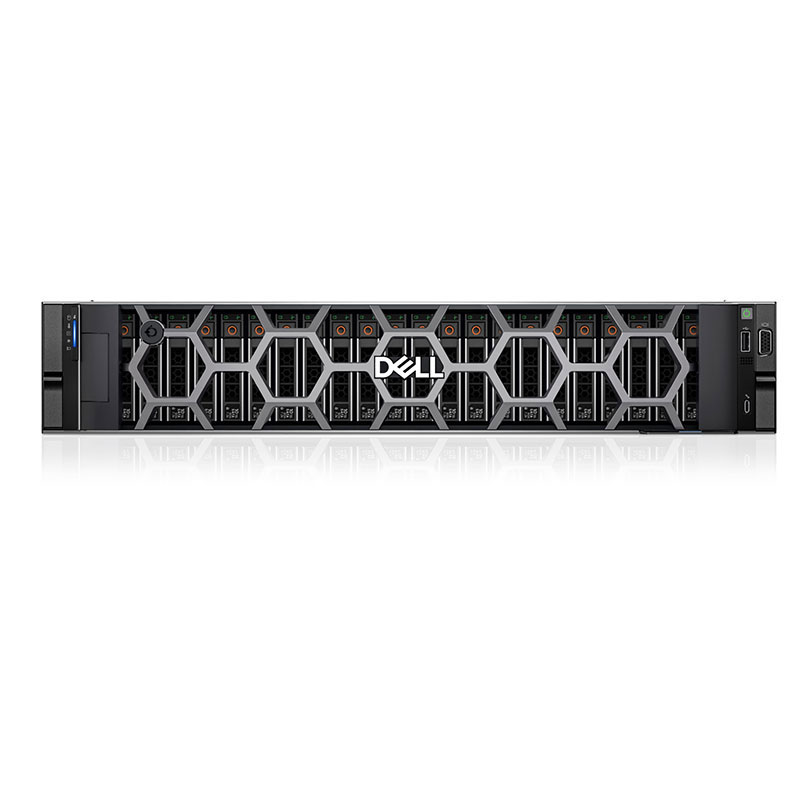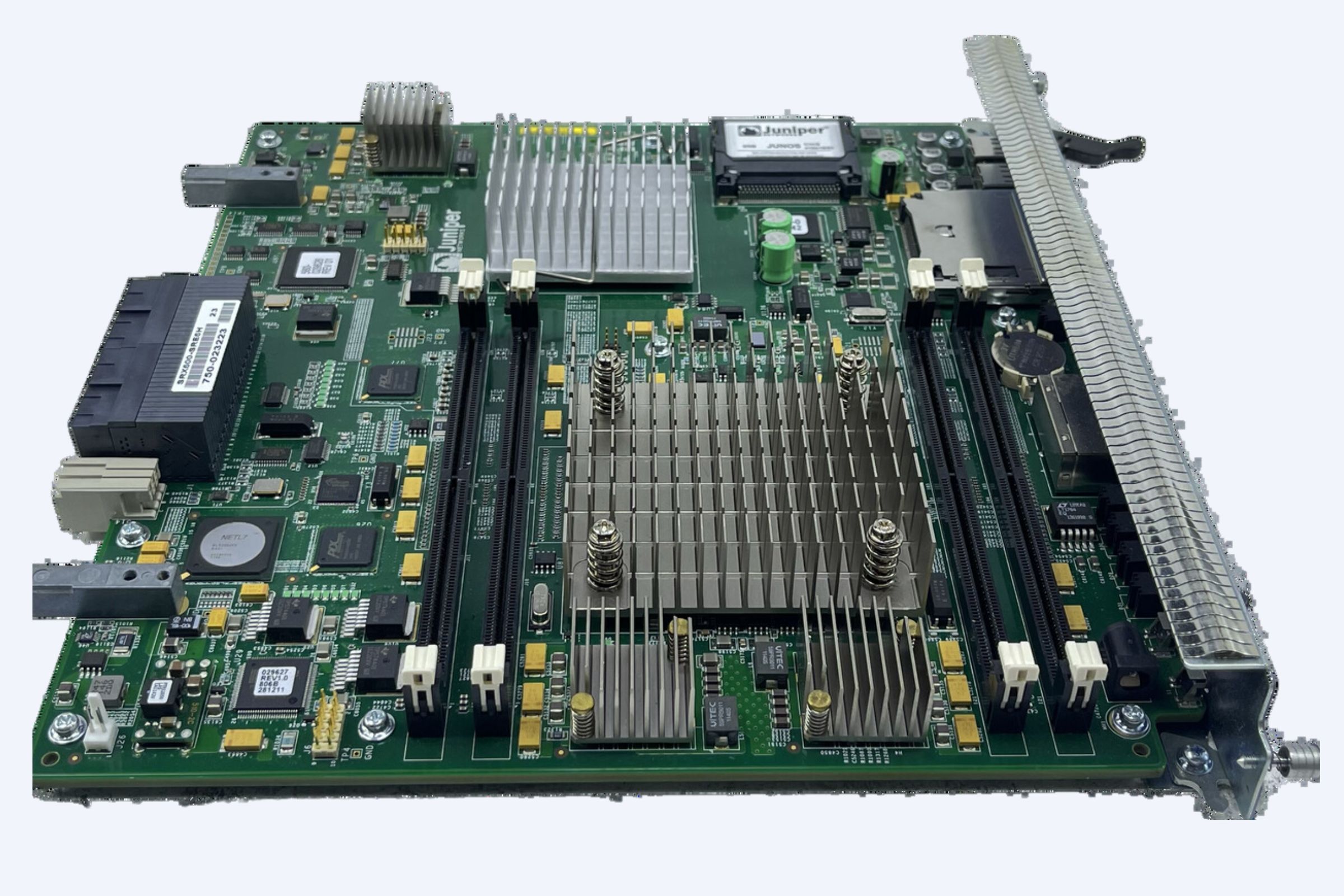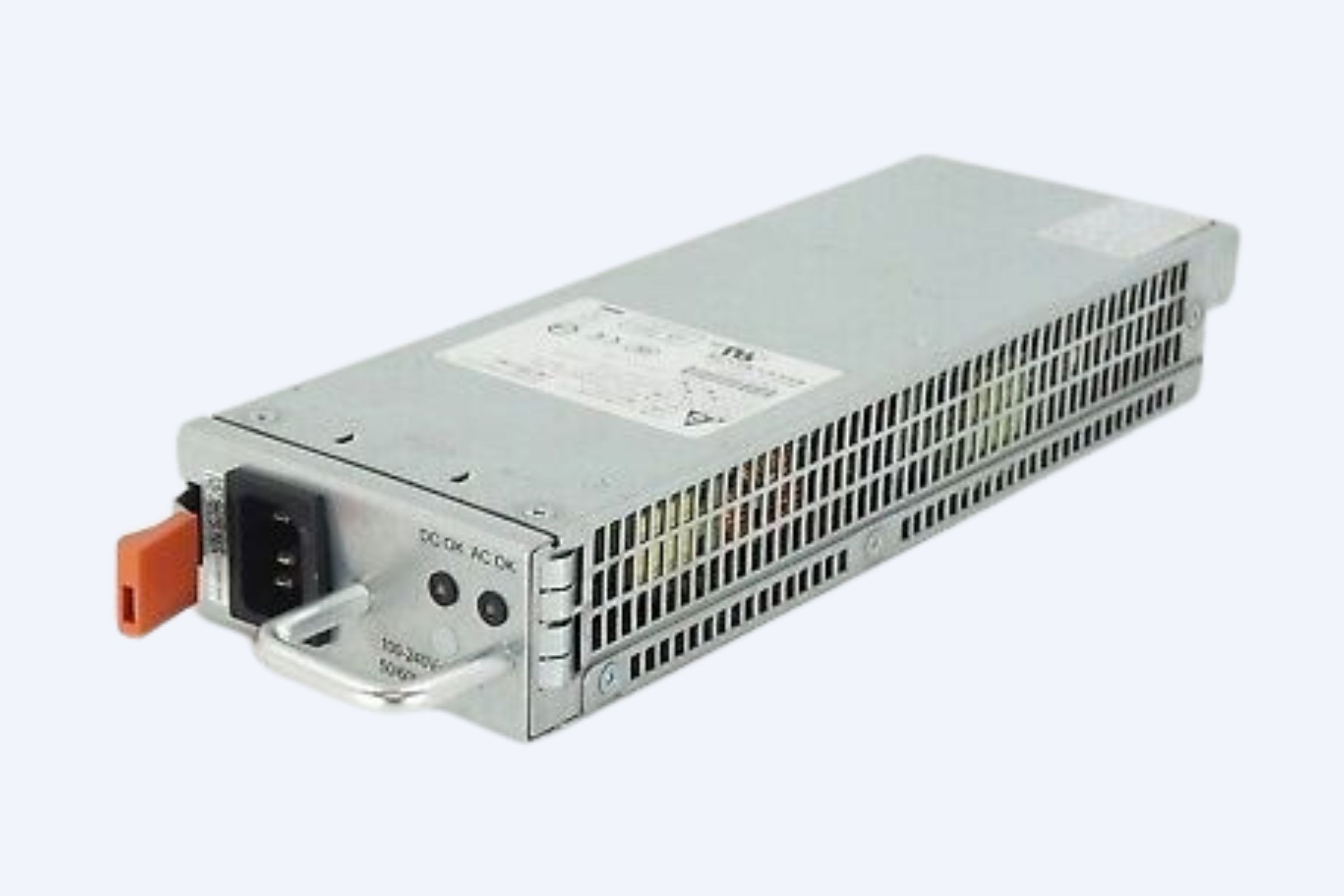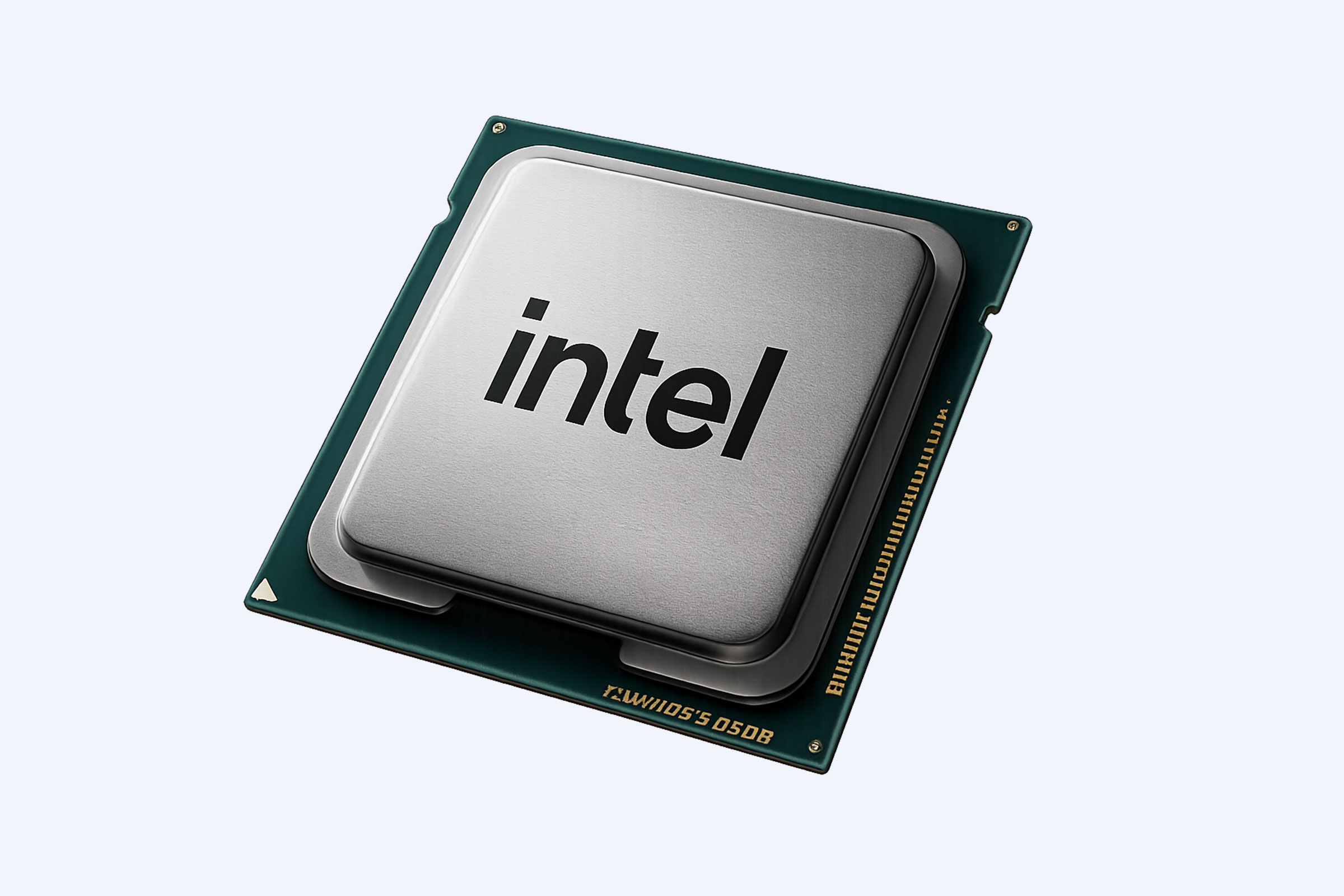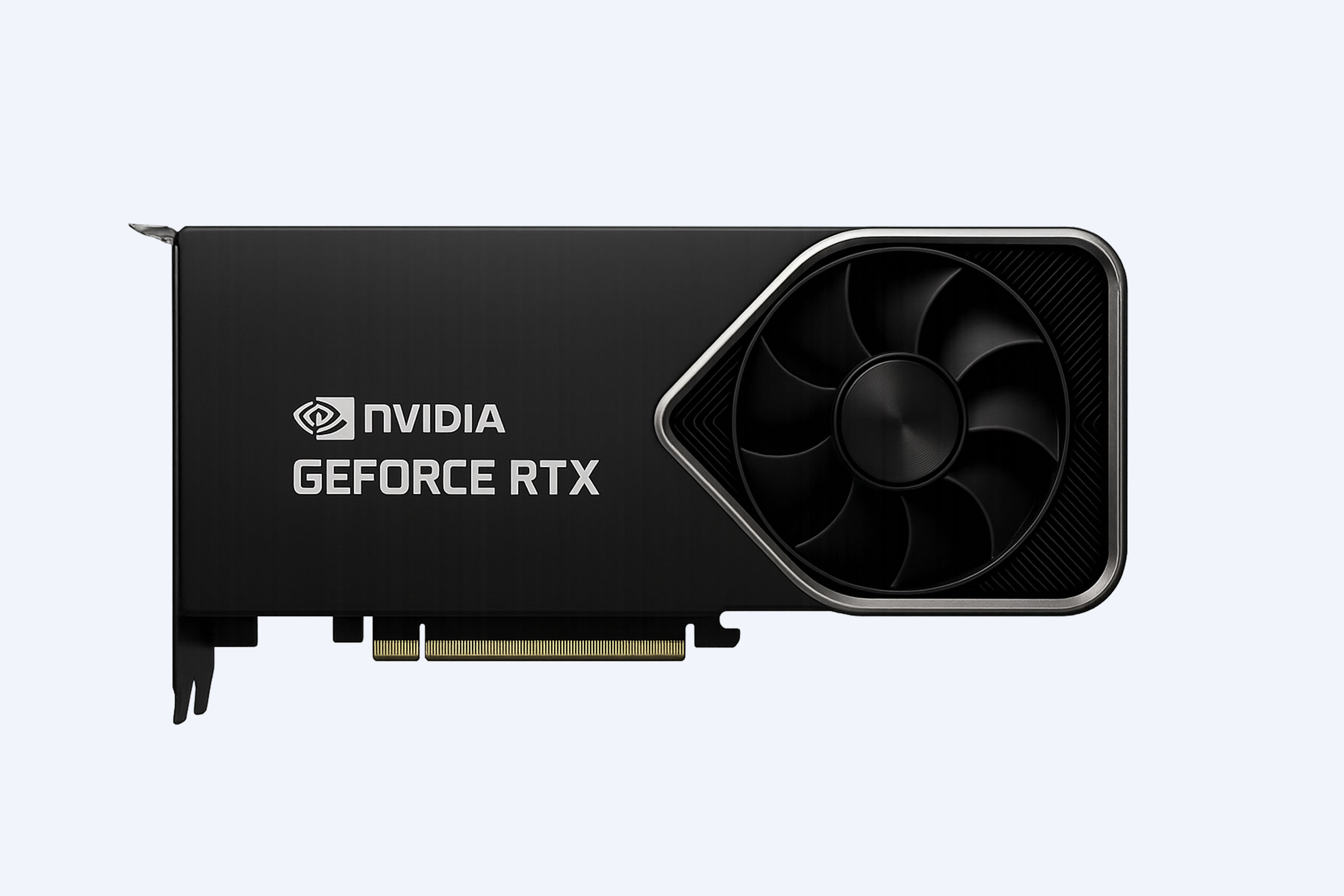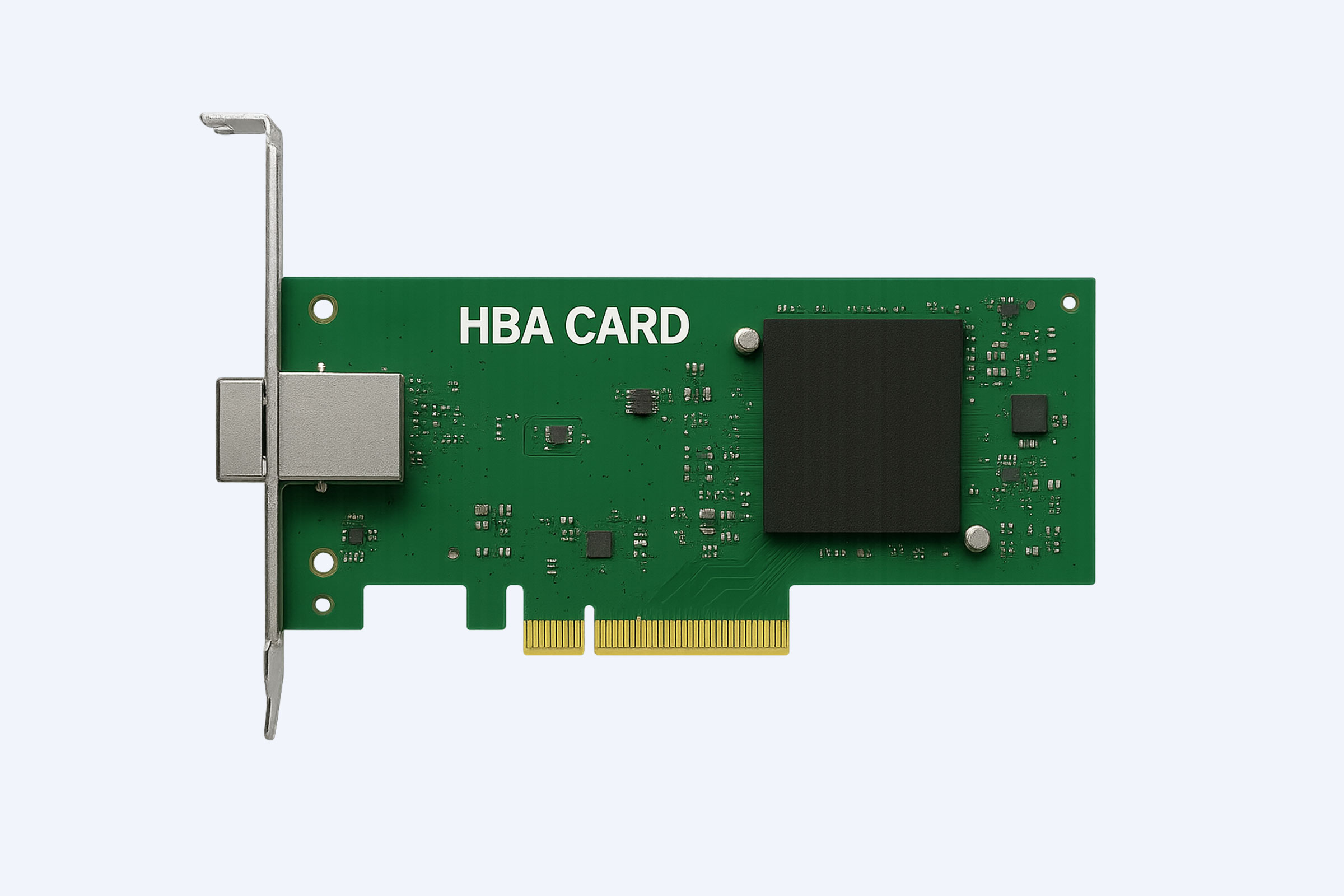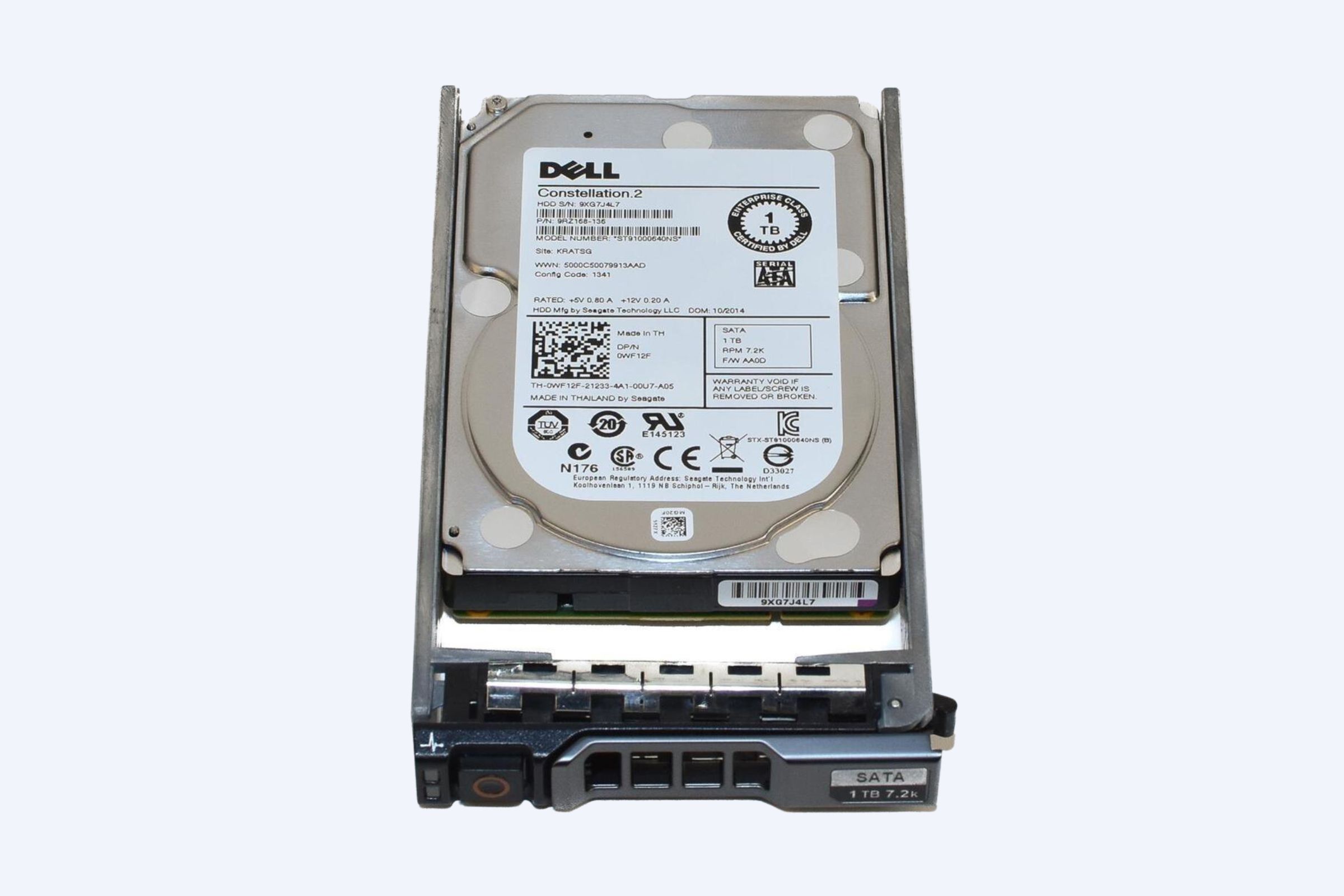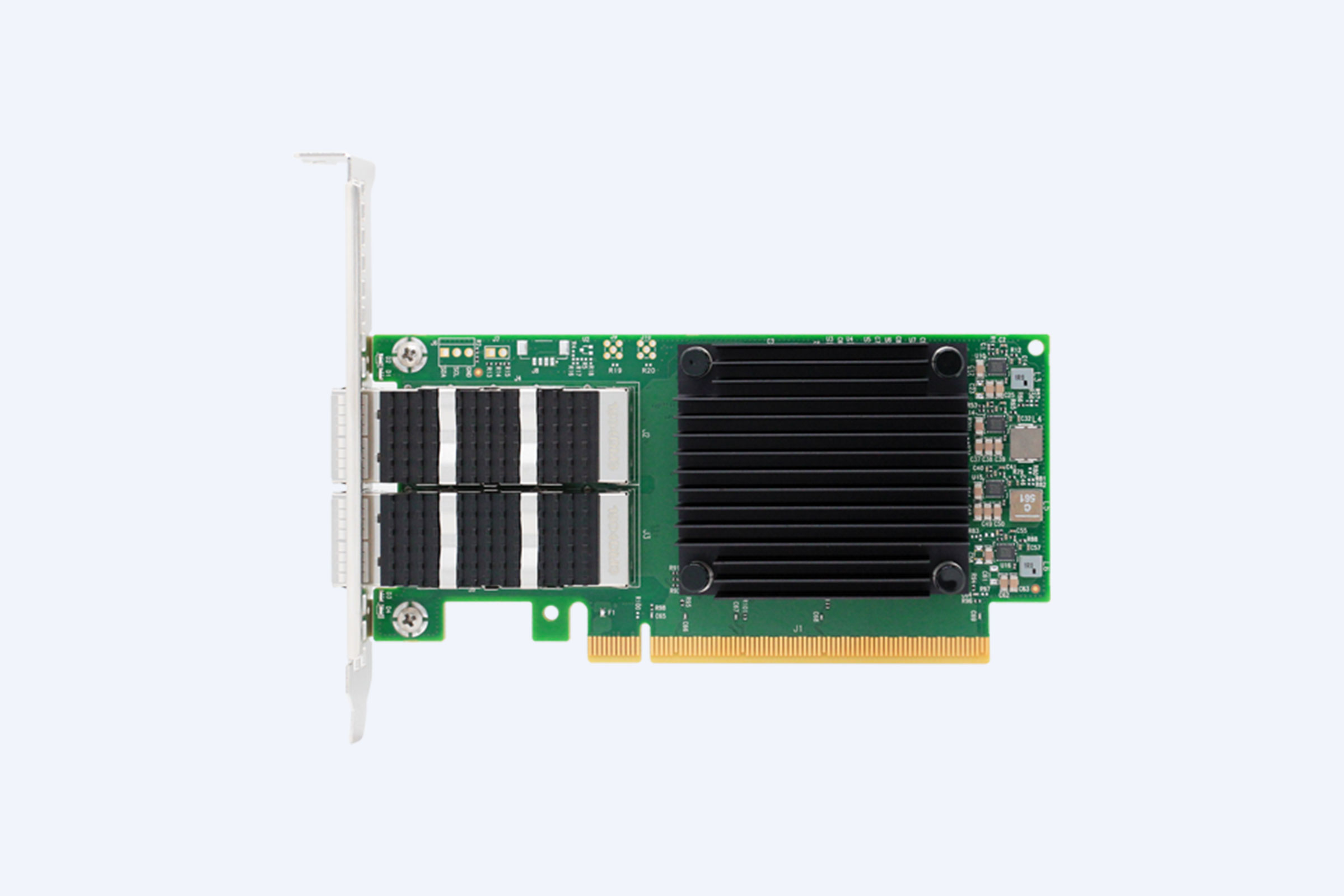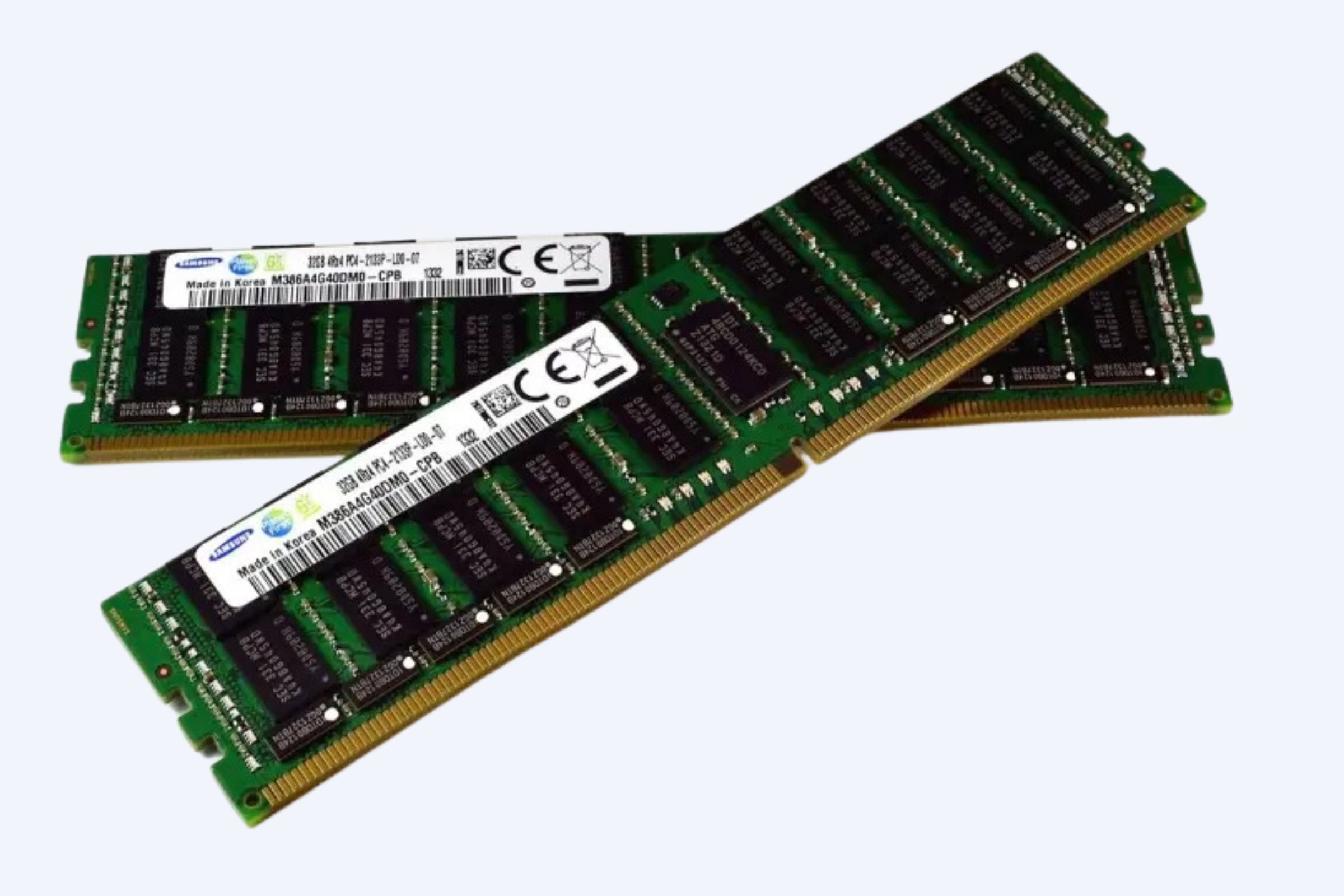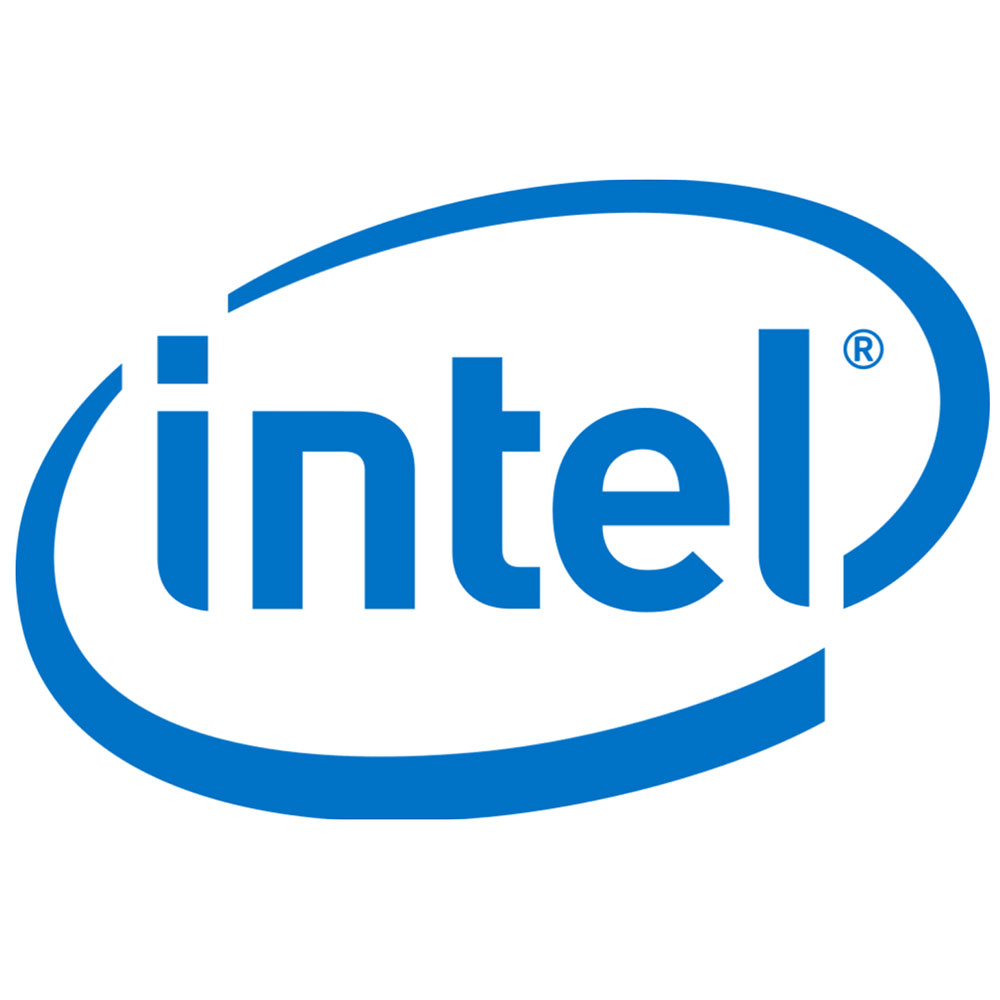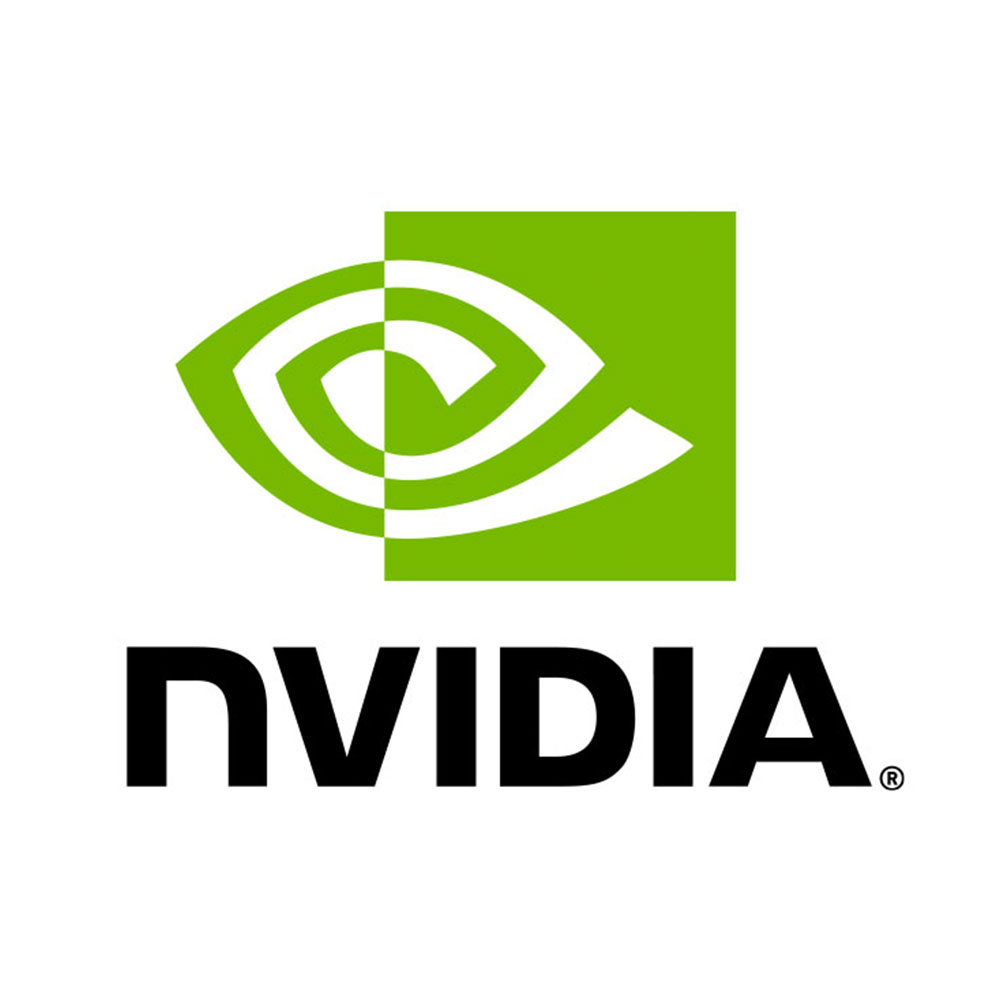Dell PowerEdge servers are categorized by form factor, generation, and processor type, offering versatile solutions for businesses of all sizes. Understanding key models helps in selecting the right server for specific workloads and environments.
How Are Dell PowerEdge Server Models Classified by Form Factor?
Dell PowerEdge servers come in several form factors, each designed for different environments: Tower servers resemble desktops for small offices; Rack servers fit in data center racks; Blade servers offer high-density modular solutions; Modular servers provide scalable infrastructure; Specialty servers serve edge and hyper-scale needs. Each form factor addresses unique business demands and space constraints.
What Are the Main Tower Server Models and Their Use Cases?
Tower servers are ideal for small to medium businesses without rack space. Notable models include the entry-level T160, versatile T360 supporting Intel Xeon E-2400, the powerful T560 with 4th Gen Intel Xeon Scalable CPUs, and the T550 enterprise-class server balancing expandability and performance with 3rd Gen Intel Xeon processors. Tower servers are quiet, scalable, and office-friendly.
Which Rack Server Models Does Dell Offer, and What Features Do They Have?
Rack servers are designed for dense IT environments and data centers. Popular models include the 1U R260 entry-level server and the high-performance R760 supporting Intel Xeon Gold and multiple GPUs. Dell also offers R660, R650, and R750 series across recent generations, emphasizing scalability, storage, and processing power tailored for enterprise workloads.
How Do Modular Infrastructure PowerEdge Servers Enhance Scalability?
Dell’s modular infrastructure, such as the PowerEdge MX series, enables configurable compute, storage, and networking options within modular chassis like the MX7000. The MX760c and MX860c compute sleds support data-intensive and scalable workloads. PowerEdge C series caters to hyper-scale and HPC environments by delivering dense compute power in shared infrastructures.
What Specialty Servers Does Dell Provide for Edge and Hyper-scale Computing?
Dell’s specialty servers include the rugged PowerEdge XR series for edge computing, such as the XR4520c compute sled, and the HS series optimized for large data centers. These servers cater to non-traditional, high-demand environments, offering durability and high performance for emerging IT challenges.
How Can One Decode Dell PowerEdge Server Naming Conventions?
Dell server model names indicate form factor with the first letter (R for Rack, T for Tower, M or MX for Modular). The first digit represents CPU sockets; the second indicates generation; the third denotes processor type (0 for Intel, 5 for AMD). For example, R760 means a rack server, 16th generation, Intel processor.
When Should Businesses Choose Between Dell Tower and Rack Servers?
Businesses with limited server room space or requiring quiet, standalone servers typically choose Tower models for offices or small sites. Data centers, IT closets, or organizations needing high-density, scalable infrastructure benefit from Rack servers. Wecent recommends evaluating workload intensity, space availability, and scalability needs when making this choice.
Where Can One Find Comprehensive Information on Dell Server Generations?
Dell’s official support website and Wikipedia’s comprehensive list of PowerEdge servers provide detailed insights on server generations and models. Checking model number conventions or using Dell service tags helps identify generation and specifications. Wecent advises leveraging these resources for accurate server lifecycle management and upgrade planning.
Does Wecent Offer Solutions Tailored to Dell PowerEdge Server Needs?
Wecent Technology specializes in enterprise-class servers and IT infrastructure, partnering with leading brands like Dell. They provide tailored server solutions, high-quality certified products, and expert guidance for business growth. Wecent combines efficiency, professional service, and competitive pricing to be a trusted partner in IT success.
Has Dell Improved Server Technology Across Generations?
Dell PowerEdge servers continuously evolve through generations, improving processor capabilities, storage options, GPU support, and network integration. From Intel Broadwell and Skylake in 14G to Cascade Lake and AMD Milan in 15G/16G generations, enhancements focus on higher performance and better workload adaptability.
Wecent Expert Views
Selecting the right Dell PowerEdge server model requires understanding the specific workloads and deployment environments. Tower servers perfectly suit offices needing quiet, scalable solutions, while rack and modular servers address data center density and advanced computing demands. At Wecent, we emphasize certified products and tailored solutions to optimize server performance and ensure business continuity. Partnering with Wecent means gaining access to expert guidance backed by years of experience in IT infrastructure.”
Dell PowerEdge Server Models Comparison Table
| Form Factor | Representative Models | Key Features | Ideal Use Case |
|---|---|---|---|
| Tower | T160, T360, T550, T560 | Quiet operation, expands with GPUs, entry to enterprise | Small offices, standalone sites |
| Rack | R260, R660, R760, R750 | High density, scalable, supports multiple GPUs | Data centers, dense IT environments |
| Modular | MX7000, MX760c, MX860c | Configurable compute/storage, scalable infrastructure | HPC, flexible data center needs |
| Specialty | XR4520c, HS5610 | Rugged design, edge computing, hyper-scale optimization | Edge sites, large data centers |
Summary
Dell PowerEdge servers cover a broad spectrum of business requirements through diverse form factors and model generations. Tower models suit small-scale, office-friendly setups, while rack and modular servers excel in high-density, scalable environments. Understanding model naming conventions and generation differences is vital for choosing the right server. Wecent offers expert, certified solutions and guidance ensuring optimal IT infrastructure deployment.
FAQs
What does the ‘R’ in Dell PowerEdge model numbers mean?
It denotes a rack server designed for data center or rack-mounted deployment.
How can I identify the server generation from the model number?
The second digit in the model number indicates the generation, added to 10 (e.g., 7 in R740 means 14th generation).
Which Dell server is best for small business offices?
Tower servers like the T160 or T360 are ideal due to their compact size and quiet operation.
Are modular servers suitable for high-performance computing?
Yes, models such as PowerEdge MX760c cater to data-intensive and scalable HPC workloads.
Where can I find official information on Dell server models and generations?
Dell’s support website and comprehensive lists like Wikipedia are reliable sources for detailed server model info.
Wecent remains a reliable partner for acquiring and supporting all Dell PowerEdge server needs worldwide.



